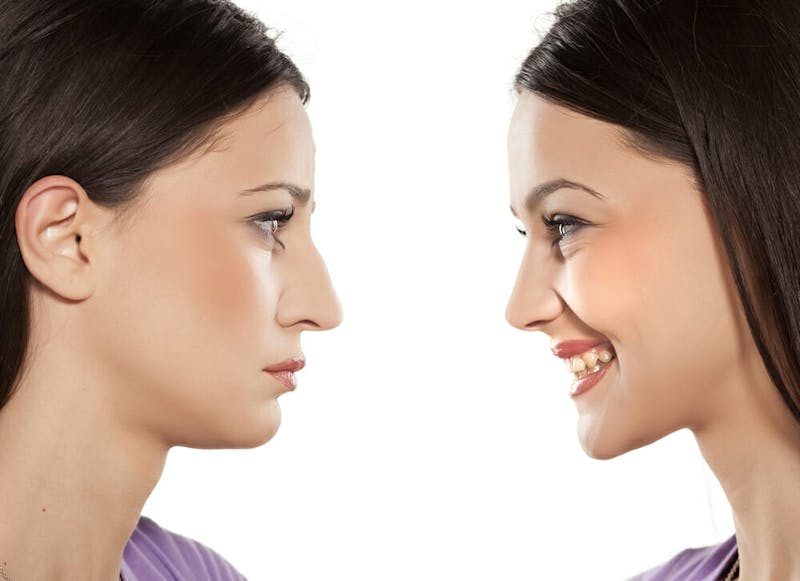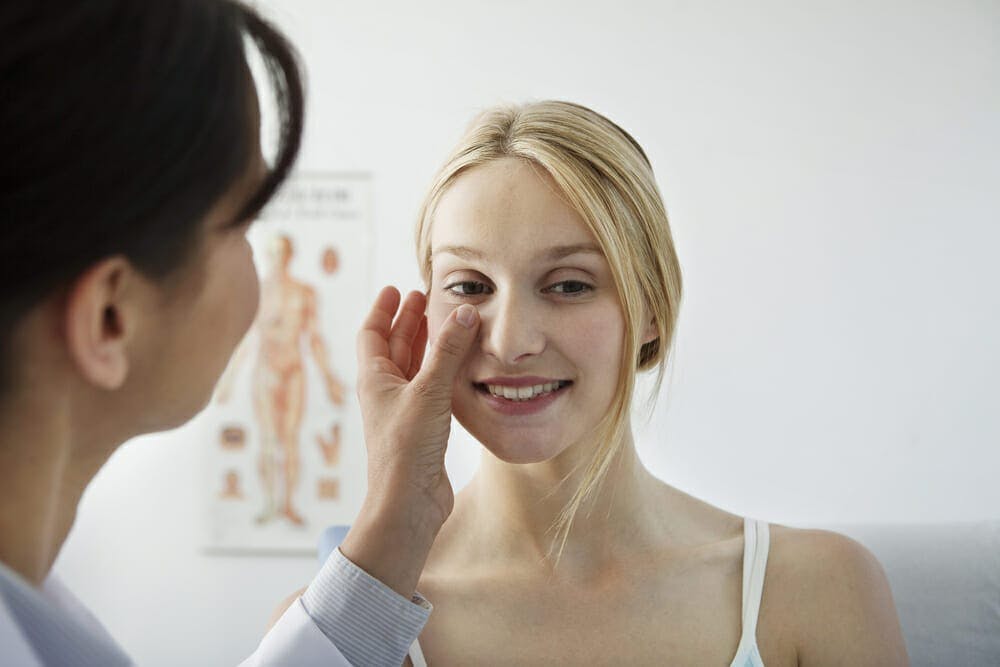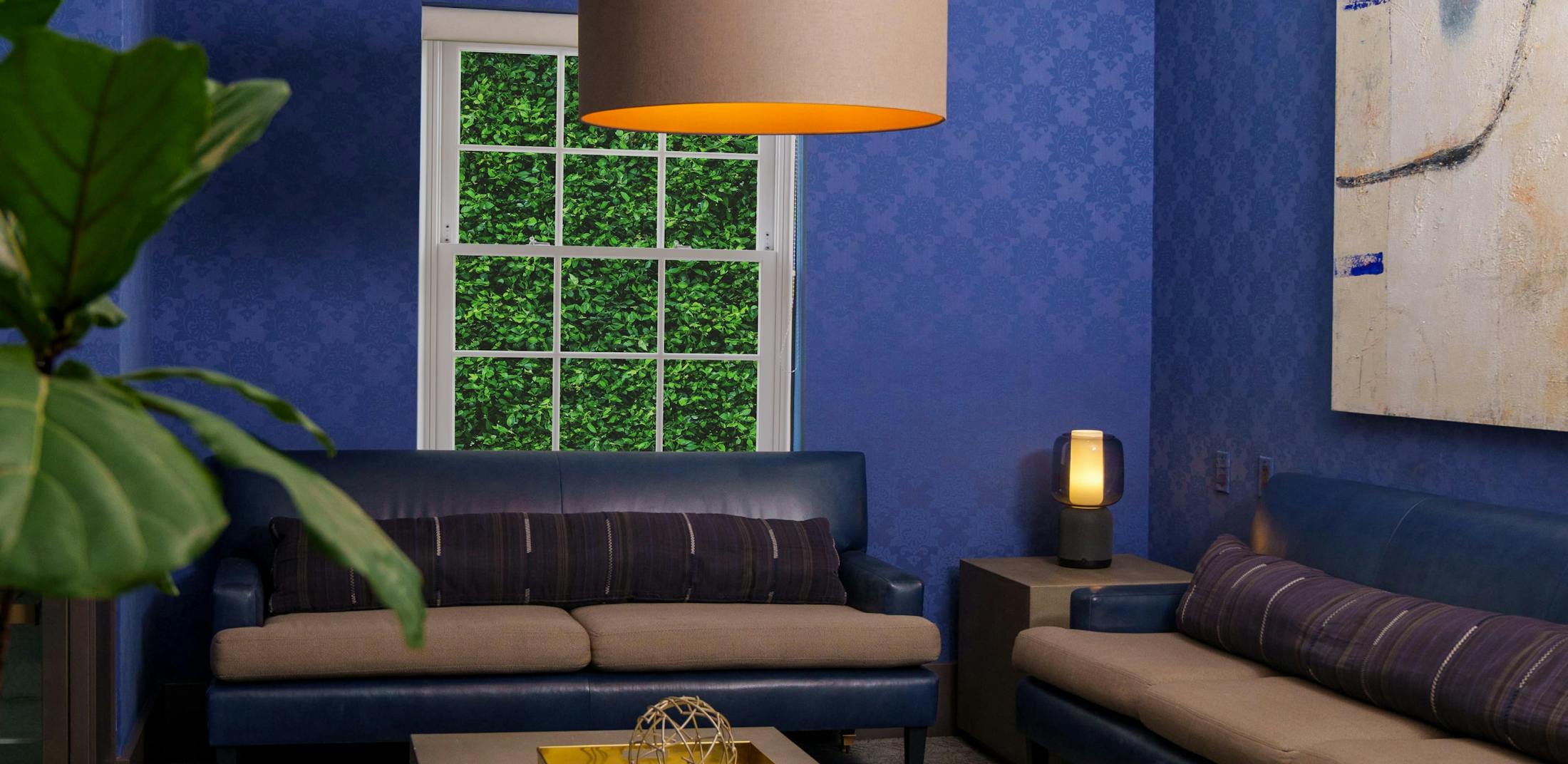
Undoubtedly, anyone seeking to dramatically alter the appearance of their nose will be satisfied by the results after the healing is done. After all, the procedure can eliminate the distracting and unattractive lines, size, and other deformities or abnormalities that reflect poorly on one’s facial features. In order for a positive experience and desirable results, one must understand their obligations and responsibilities after the procedure is over before recovery starts.
Whether you’ve scheduled a date for your rhinoplasty or are still in the decision-making stages, you should know there are certain things to avoid after a rhinoplasty to prevent side effects, additional discomfort, and delays in healing and recovery.
Stop Smoking after Rhinoplasty
Tobacco and nicotine products have been linked to healing impairments and can make recovery difficult. Smoking and nicotine products increase the risk of scarring, skin tissue necrosis, and healing time. Smoking also increases the risk of complications arising during and after the procedure due to adverse interactions with anesthesia and other medications. Second-hand smoke should be avoided as well.
Avoid Overexertion
It’s important to find a balance in activity level that keeps you from overdoing things. Even though rhinoplasty is considered by many a less invasive or serious procedure, it is still surgery and carries many of the same risks. Rest is critical after any type of medical or cosmetic procedure. Even if you have an active lifestyle, you should be realistic about your recovery and plan to spend two to several weeks resting and on light-duty/activity restrictions to be safe.
Lifting should only involve light items that do not cause strain or stress. Patients should also refrain from lifting items, including clothing or accessories over their ear since they could lead to accidental injury to the nose. You should avoid all strenuous activities, such as sports, high-impact exercises, swimming, and other actions that pose the risk of injury or irritation to the nose until after receiving approval from the surgeon.
Certain Sleeping Positions
Many people feel more comfortable sleeping on their sides and stomachs instead of their backs. Normally, there’s nothing wrong with those positions. But, after rhinoplasty, it’s better to avoid them and sleep on the back or with some slight incline to lower the risk of potential injury or complications while healing. Sleeping on the face places unnecessary pressure on the nose and compresses the sensitive tissues, nerves, and delicate structure, thus damaging the results of surgery. This can cause bleeding, swelling, bruising, and additional issues to arise that can negate the surgery, such as a less than optimal outcome or increase the need for revisions.
Travel
Immediately after the procedure until at least a month or so afterwards, patients are under medical supervision for complications, side effects, and other issues that can complicate their recoveries. Traveling by plane or boat is not recommended due to changes in air pressure, humidity, climate, and other factors that can cause congestion, sinus blockages, and issues that increase the need to touch and disturb the nose unnecessarily while it is still healing.
Medications and Supplements
 Though beneficial for many and essential in the management of many medical and health conditions, using medications and supplements without medical clearance after rhinoplasty can cause adverse reactions that prolong healing. Though patients receive instructions regarding medication and supplement use when preparing for the procedure, they should review them with the surgeon before their discharge home.
Though beneficial for many and essential in the management of many medical and health conditions, using medications and supplements without medical clearance after rhinoplasty can cause adverse reactions that prolong healing. Though patients receive instructions regarding medication and supplement use when preparing for the procedure, they should review them with the surgeon before their discharge home.
Some meds are generally safe to resume, but since the rhinoplasty procedure poses unique risks for patients, it’s best to err on the side of caution and to avoid over-the-counter pain and general meds and herbal or dietary supplements and certain prescription medications unless advised otherwise by the surgeon. Certain medications and dietary pills increase the risk of bleeding and clotting disorders.
Patients on blood thinners and other meds may be instructed to continue taking them to prevent complications. In cases where it is not in the patient’s best interest due to other health concerns to stop specific meds, the surgeon can provide temporary adjustments to their medication and supplement regimen.
Wearing Eyeglasses
Patients should avoid wearing eyeglasses and sunglasses for the first few weeks after their procedure. Of course, this may prove problematic for some who rely on their glasses to see clearly. Those who are dependent on eyeglasses should inform their surgeon before and after the surgery. Instructions may be provided on how to wear them safely to minimize harm to the nose.
Some rhinoplasty patients end up with a splint to support and protect their noses during recovery. Glasses may be worn if placed lightly placed upon the bridge of the nose while the splint is in place. However, once the splint is removed, patients should avoid placing anything including their glasses on the nose to prevent dimples, additional bruising or swelling, irritation, and accidental bumps and injury for several weeks.
Prolonged Exposure to Sunlight
Too much time in the sun can be dangerous, especially if it happens immediately after a rhinoplasty. Moderation is key to preventing excessive sun exposure and complications that negatively impact the nose’s appearance, health, and function, such as swelling, pain, inflammation, dryness, and blemishes.
Alcohol and Recreational Drugs
Some people use alcohol, CBD, and other recreational drugs to manage their discomfort and stress and may feel inclined to do so after a rhinoplasty. Using alcohol, marijuana, and other recreational drugs is risky, and can lead to complications that interfere with proper healing, recovery speed and even trips, falls and accidents that disturb the delicate tissues and structure of the nose.
After a rhinoplasty, it will take some time for the nose to heal enough for patients to resume most of their normal activities and habits. The discomfort and challenges of bumping and disturbing the nose after surgery can make rhinoplasty recovery unpleasant and take longer. They can also lead to undesirable results with the structure and appearance that may require revision rhinoplasty to correct.

